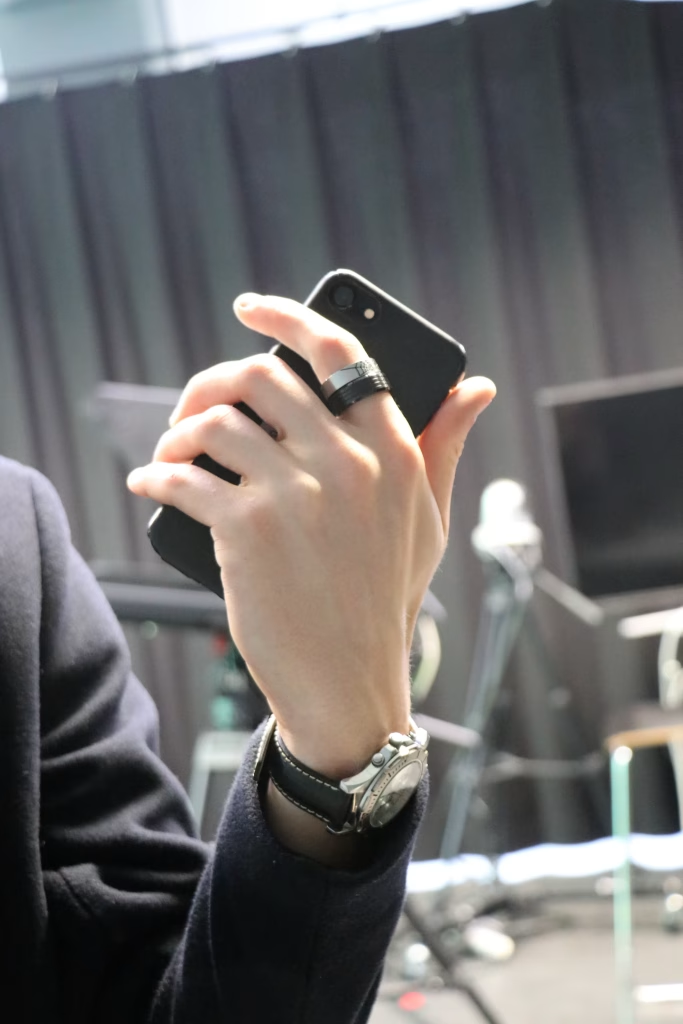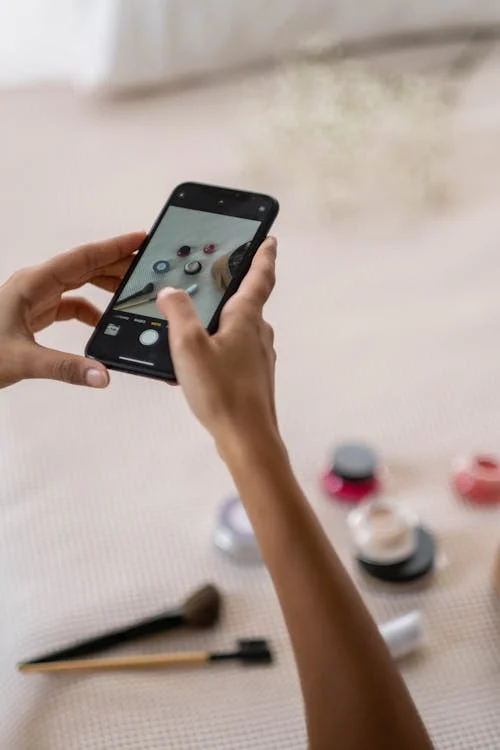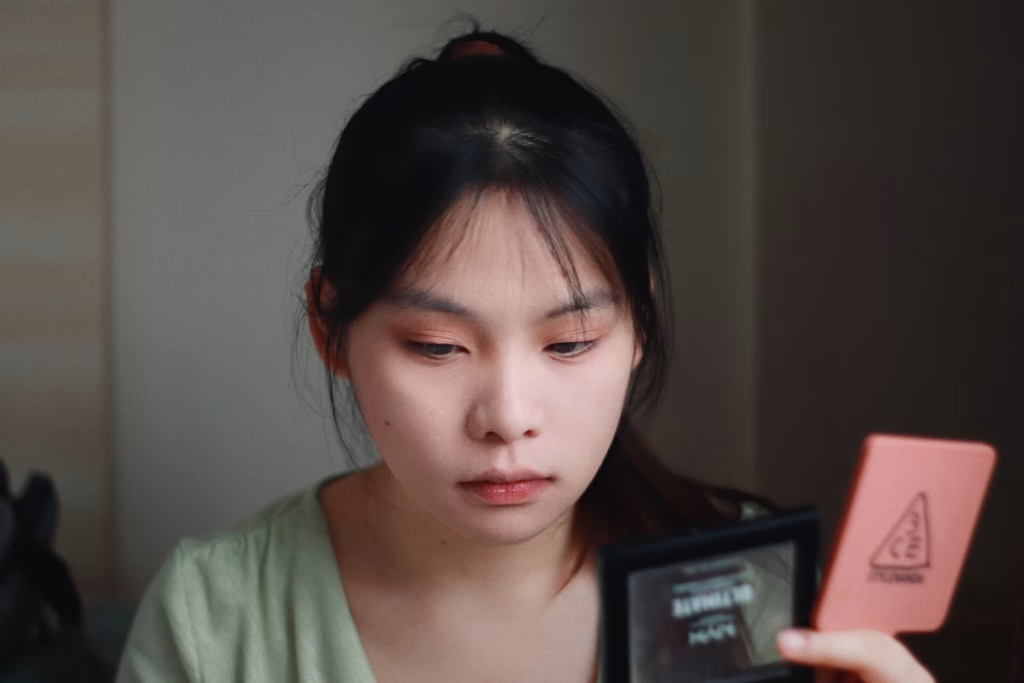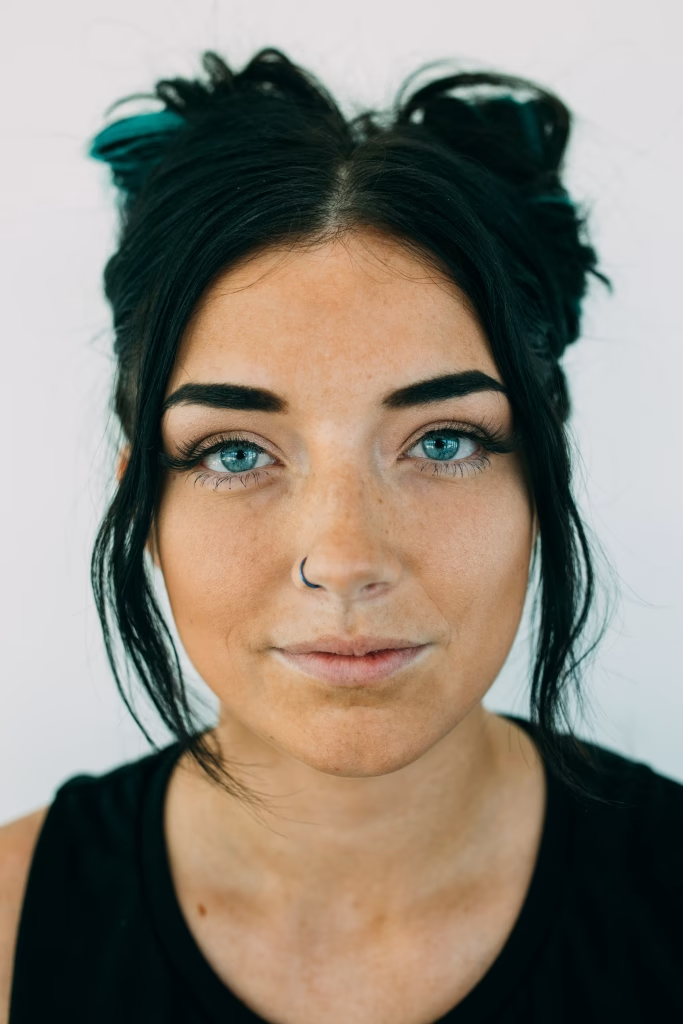In our digital age, every scroll through social media reveals a parade of polished profiles and perfect personas. We’re drawn into curated realities that blend fashion, mood, and character—so much so that we sometimes struggle to distinguish between who is performing and who is being real. Where does the act begin and the authentic self fade? This illusion has profound impacts on mental health, self-image, and trust. Understanding this blurred line is crucial—not just for creators and consumers, but for anyone navigating online relationships and self-expression.
1. The Double Life of Social Media Personas
1.1 Identity Curation
Every post, filter, and caption is a choice. This looking-glass self theory explains that online personas reflect not just how we wish to see ourselves, but how we think others see us. With selective images and tone, we build a social avatar optimized for approval.
1.2 Provoking the Proteus Effect
When we interact as beautifully filtered versions of ourselves, research shows our offline behavior changes. Those embodying confident avatars report feeling and acting more confident—a phenomenon known as the Proteus effect.
1.3 The Actor’s Role: Parasocial Connections
We develop one-sided emotional bonds with familiar online faces—be they influencers, characters, or social friends. These parasocial relationships feel real, even though there’s often little interaction.

2. Why the Line Gets Blurred
2.1 Advanced Filters & AR
Modern filters can subtly smooth skin, alter facial structure, and even add lighting effects—all in real time. The result? A digital twin that can feel more “real” to viewers than the unfiltered self.

2.2 Expectations & Burnout
Influencers and creators juggle dual roles: the online star and the real person. A study showed many experience anxiety when the online persona demands perfection, accelerating burnout and emotional disconnect.

2.3 Comparison Culture
The curated lives displayed online fuel constant comparison. Research links this to poor self-esteem, body dissatisfaction, and disordered habits—especially among teens.
3. When Filters Harm: Real Impacts
3.1 Snapchat Dysmorphia
A growing body dysmorphia trend shows people seeking surgery to resemble their filtered selves—leading to anxiety, depression, and identity confusion.

3.2 Mental Health Toll on Content Creators
Influencers spending over 5 hours daily online report heightened negative emotions and detachment in personal relationships.

3.3 Unrealistic Beauty Standards
Platforms like TikTok and Instagram reinforce narrow, often Eurocentric standards through algorithms. Teens are showing increasing interest in plastic surgery and dissatisfaction with their real skin.
4. Spotting the Act: Are You Watching or Engaging?
Behavioral Triggers
- Perfect posts vs. raw moments: Is everyone’s life spotless—or do they show flaws too?
- Engagement for performance: Do they respond genuinely, or only when it helps metrics?
- Private vulnerability: Do they talk openly off-camera about struggles and growth?
Creator Habits Table
| Practice | Performance-driven Persona | Authentic Connection |
| Filtered/Lit content | Always polished, uniform look | Includes unfiltered moments |
| Tone and script | Always upbeat, on-brand | Vulnerable, varied tone |
| Interaction with followers | Only promotional comments | Heartfelt replies, real responses |
| Posting frequency | Algorithm-driven timing | Real-life inspired scheduling |
| Self-care disclosure | Rare or minimized | Open about struggles and rest |
5. Authentic Creators Rewriting the Script
- Alix Earle removed makeup filters in acne episodes to promote self-acceptance and show off natural skin—sparking conversation around honesty.
- Micro-influencers are gaining trust by sharing real routines, struggles, and behind-the-scenes glimpses that resonate more deeply than aspirational content .

6. Why Authenticity Wins
6.1 Better Mental Wellness
Individuals who act genuinely online report less stress and better well-being over time.
6.2 Community & Belonging
Realness builds parasocial bonds based on trust not image encouraging deeper engagement despite lower follower counts.
6.3 Long-Term Influence
While filter-fueled accounts burn bright and fade fast, those rooted in authenticity tend to build loyal, lasting followings.
7. How to Know You’re Real (and Accepting of Others)
Self-Reflection Questions
- Am I sharing based on pressure or genuine conviction?
- Do I feel relief or exhaustion after posting filtered content?
- Does my social persona match my offline self?
Checklist for Authentic Posting
- Include at least one unfiltered moment per week
- Share a challenge or failure with growth-oriented context
- Respond more to thoughtful comments than to vanity metrics
- Use disclaimers when something is edited heavily
8. For Viewers: Consume with Awareness
Strategies to Stay Grounded:
- Limit comparison: Mute users that trigger negativity
- Diversify your feed: Follow creators who share real-life routines
- Ask questions: Comment to invite more genuine dialogue
- Offline breaks: Allocate screen-free time to reconnect with your reality

Final Thoughts: Finding Your Balance Between Performer and Self
In the age of filters, AR, and curated feeds, authenticity has become a revolution. The more we blend performance with genuine expression, the better equipped we are to maintain mental well-being, resilient self-esteem, and sincere connections.
Acting isn’t wrong—but relying solely on performance costs us depth. Whether posting or browsing, let’s aim to be present, aware, and honest. True life isn’t always picture-perfect—and that is exactly what makes it powerful.